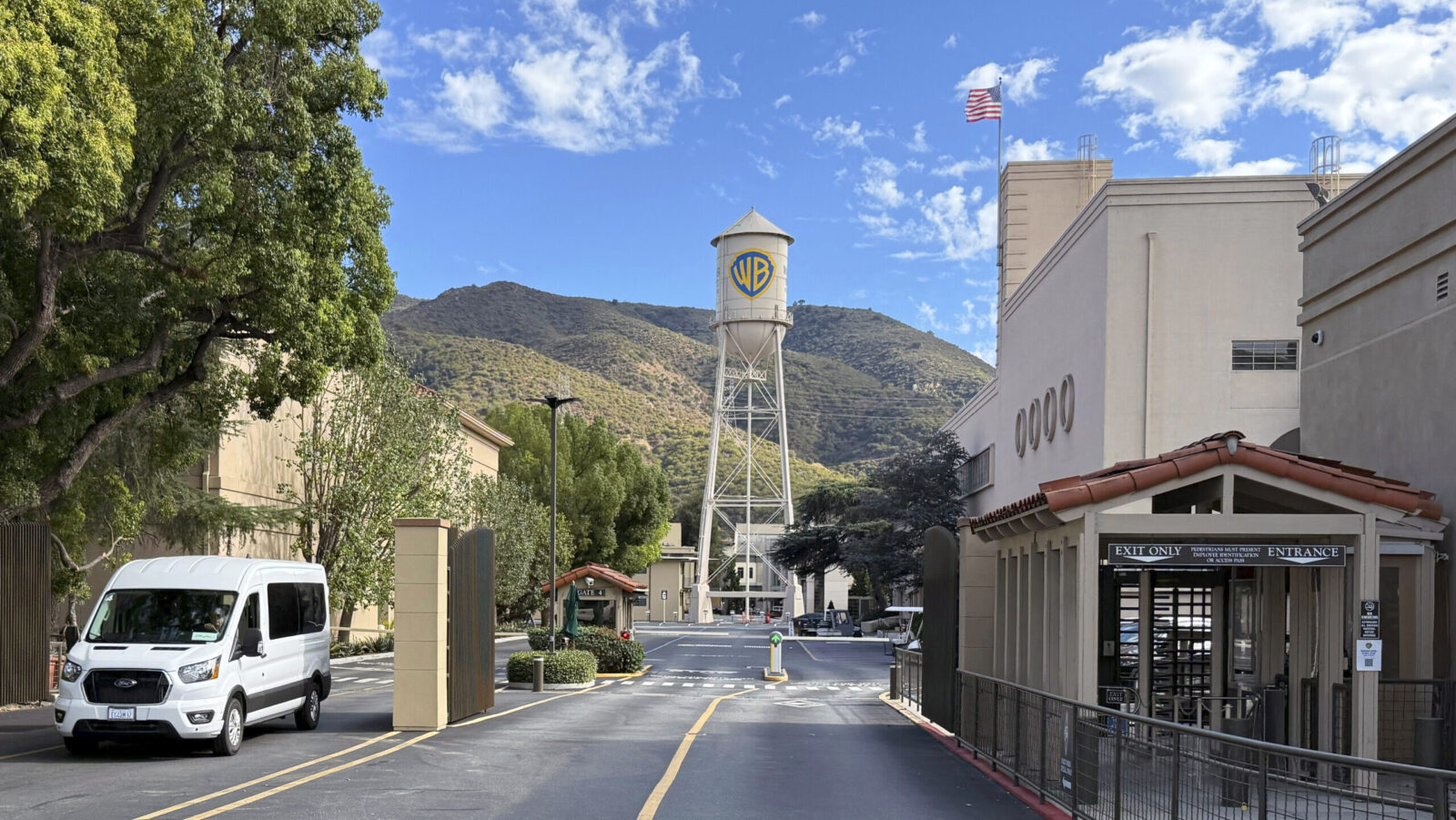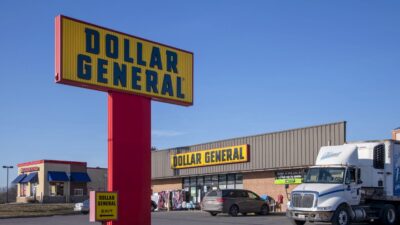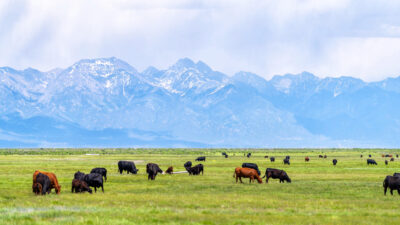Umbrella Weather: Investors Rain on Travelers Despite Insurer’s Disaster Savings
The third quarter of the year is typically the most expensive time of year for insurers because of extreme weather events.

Sign up for smart news, insights, and analysis on the biggest financial stories of the day.
Insurance companies make money when it’s 70 degrees and sunny, with a catastrophe-light season padding Travelers’ profits in the most recent quarter. The insurer’s net income jumped 50% in the three months through September compared to the same time last year, and its annual profits are up 30% so far this year.
The company’s revenue only rose 5%, however, and premiums increased by just 1%. Instead, Travelers earnings benefited from saving money on claim payouts: Catastrophe losses of $402 million tallied up to less than half of the $939 million it doled out last year, when Hurricane Helene and other severe storms caused serious damage.
Travelers’ stock dipped this week, continuing an insurance-industry stock rout that kicked off Wednesday after Progressive’s weaker-than-expected earnings. Insurers including Allstate, Chubb and Marsh McLennan saw their stock fall, too, as investors grew concerned about slowing growth in the sector.
Eye of the Storm
The third quarter of the year, from July to September, is typically the most expensive time of year for insurers because of monsoons, hurricanes and fires. But this season was less catastrophic than usual, with global economic losses of $50 billion and insured losses of $15 billion, the lowest totals in nearly 20 years. Compare that with $193 billion in average third-quarter economic losses for the past decade. Annual losses are also trending 37% below their 10-year average.
The quiet summer gives insurance companies a breather to save up for future natural disasters, which experts are sure are on their way:
- Insurance companies have adapted to the increasing frequency of natural disasters and found ways to pass the costs on to consumers. Property insurers reported record profits last year as they increased premiums and withdrew from the most disaster-prone areas. Homeowners insurance premiums rose 10% last year and more than 20% in some states, while the average cost of car insurance climbed 26%.
- At the same time, insurers have pulled out of the highest-risk areas, with Allstate, State Farm and others limiting coverage in fire- and flood-prone states like California and Florida.
Cloudy Forecast: With rising prices and limited options, people could be shopping around for cheaper plans or opting for state-owned insurance plans of last resort. Insurers have declined to renew millions of plans in high-risk areas, where it’s difficult to make a profit. But if natural disasters become as common as scientists predict, insurers may find themselves with fewer and fewer customers. And those customers, meanwhile, are left with few options to protect themselves financially.











